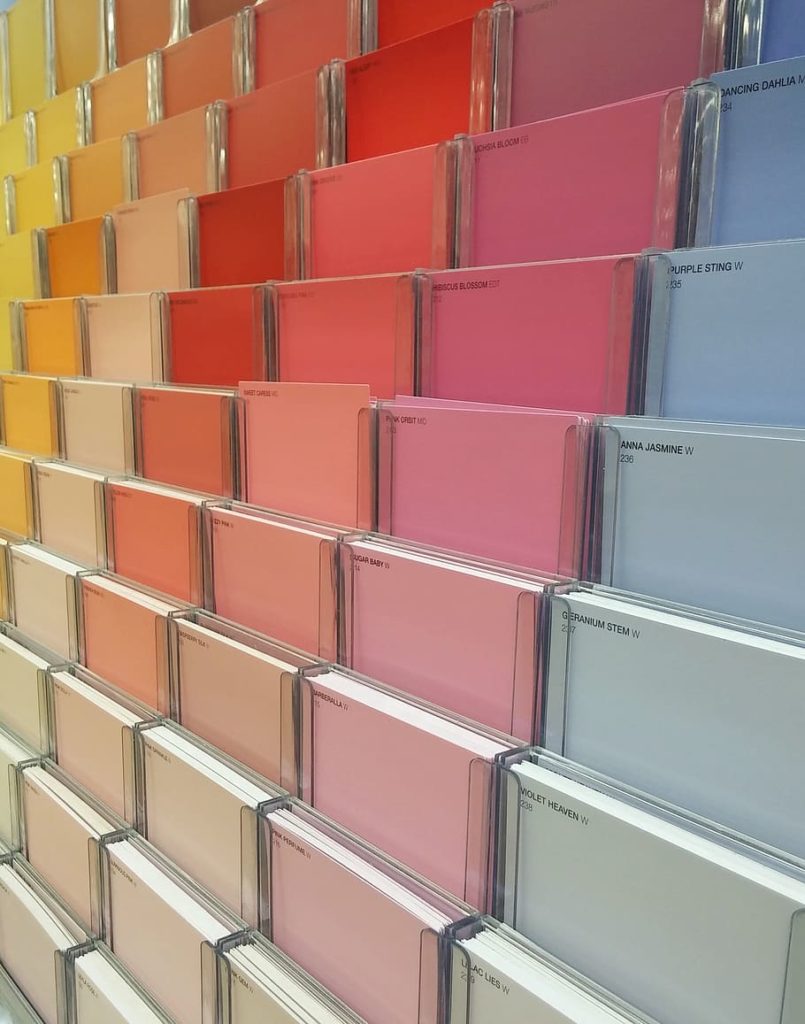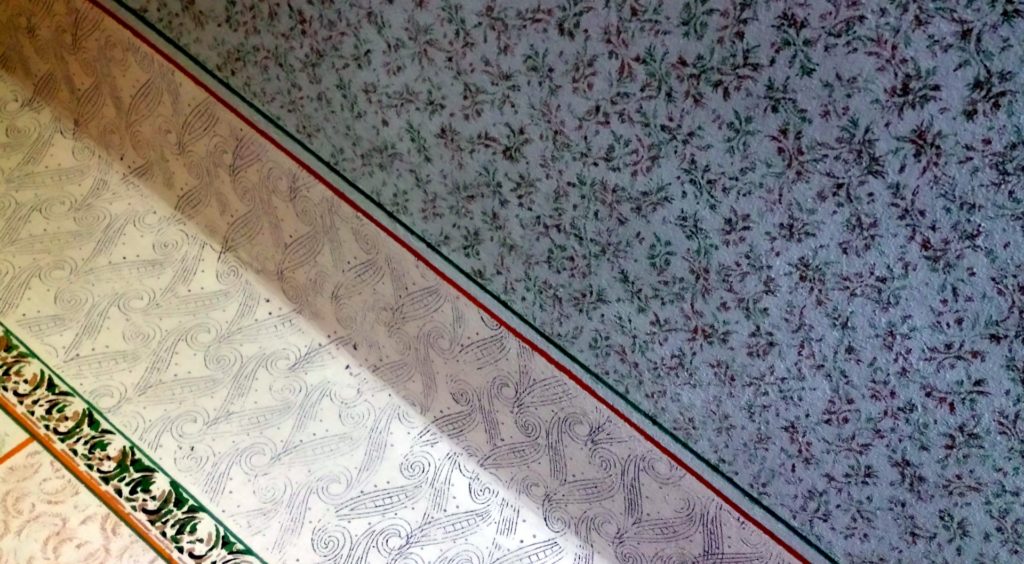
When choosing paint finish for one or more rooms in home, you should factor the gloss level into your decision. Some rooms, such as a bedroom or living room, are best with lower sheen paint. High gloss paints work best for trim and cabinetry. There are several options, and if you’re wondering what paint sheen to use, this guide will help you decide. A qualified professional can be a great resource for learning more about the different types of paint sheens and determining which type is most suitable for your living space.

Types of Paint Sheen
There are many potential sheens for your home. Almost every type of sheen will work in any room in your house or apartment. However, some are more ideal for certain locations, such as high-traffic areas. Understanding that glossier sheens reflect more light than semi-gloss or no-gloss sheens can help you decide on the right one for your project, whether it’s a main hallway or a barely used guest bedroom. You can even mix and match products for a customized look that will best suit your needs.
Flat: This type of sheen yields a smooth and subtle finish that works best in living rooms, dining rooms, bedrooms and on ceilings. You can also use flat sheen in family rooms and hallways. It hides imperfections and diffuses light, so it’s ideal for low-traffic areas
One drawback is that it’s the most difficult type of paint sheen to clean due to its porous surface, which traps dust and debris. However, some newer products feature a scrubbable surface that cleans up much more effectively than previous products.
Matte: Matte paint sheen has a slicker feel to it than flat sheen. Although these two types are very similar in terms of appearance, matte sheen gives off a very small amount of reflection. In comparison to higher-gloss sheens, however, the reflection of matte sheen is not very noticeable. You can use matte sheen on ceilings, but it’s preferred for living rooms, dining rooms, bedrooms, family rooms and hallways.
Eggshell: Eggshell sheen is aptly named for the fact that it is a bit dull and hardly shiny, much like a real eggshell. Eggshell sheen gives an elegant low-gloss finish to foyers, kitchens and trim. The low-lustre sheen is great for low-traffic areas. Its smooth surface means that the eggshell sheen is a little bit easier to clean than flat sheens. This type of finish is often used in office settings as well.
Satin: Satin is glossier than eggshell, but not as glossy as a semi-gloss sheen. What sets satin apart from flat and eggshell sheens is that it can be wiped clean, making it ideal for indoor or outdoor use.
Satin is also a better choice for more active rooms, giving an elegant finish to everything from family rooms and playrooms to laundry rooms, kitchens, dining rooms and children’s bedrooms. Because it absorbs moisture quite well, it’s optimal for kitchens and bathrooms.
Semi-Gloss: You can effortlessly scrub semi-gloss paint sheen surfaces clean, making this type of paint sheen the most suitable option for high-traffic areas. Semi-gloss paint creates a nice shine in any space. As with satin, semi-gloss can be used indoors or outdoors. The most ideal settings for semi-gloss paints include doors, trim, molding, hallways, cabinets, kitchens and bathrooms.
Gloss: Full-gloss paint delivers a high-shine finish and a smooth surface that is easy to scrub clean. These characteristics make it the best paint option for surfaces that demand frequent washing. For this reason, you can use it on trim, woodwork, cabinets, molding and doors. It also works great in kitchens and bathrooms.The eye-catching high-gloss sheen stands out for its ability to highlight details. Very glossy sheens are similar in appearance to plastic or enamel, so they’re best when used on surfaces with no prior imperfections.
Pairing Sheen with Room Type for Residential Spaces
There are many different walls and areas to paint in a residential or commercial setting. In many instances, each room poses its own strengths and weaknesses in terms of the amount of light it receives and the level of flaws and imperfections on the wall. There are guidelines to consider to best match each sheen type with a specific room, but you may need to vary the type of sheen you use based on specific concerns and budget.
Bathrooms and Kitchens: When you’re deciding on the right type of paint sheen, you’ll find that some types hold up better to the often moist and humid bathroom and kitchen settings. If you’re looking for the best paint sheen for your bathroom or kitchen, it’s best to go with at least an eggshell sheen. For optimal results, use semi-gloss sheen. It’s not overly shiny and the extra gloss acts as a barrier for moisture and drips.
Bedrooms: In most cases, you’ll want to use a more durable sheen in a child’s room because the walls are more likely to be scuffed and scratched. Satin sheen is generally recommended for use in a child’s room, while flat or matte sheens are optimal for adult or spare bedrooms because the walls are less likely to be scuffed. Eggshell and pearl sheens also hold up well in a child’s room. Matte or eggshell sheen is generally recommended for an adult’s bedroom or a guest bedroom.
Family Room and Living Room: Matte or eggshell sheens are great choices for family and/or living room spaces. Eggshell’s low sheen looks great on family or living room walls. It’s not the most durable type of paint sheen, which is why it’s optimal for lower traffic areas.
Hallways and High-Traffic Areas: It’s best to use a high-grade paint for highly trafficked areas. Some individuals might shy away from higher grade or higher gloss paint as it’s typically more expensive than the lower gloss varieties. Although glossier paint is ideal for high traffic areas, you can also get away with at least a satin or semi-gloss paint.
Trim: If you’re looking for the right paint sheen for your trim, satin is a good choice due to its self-leveling properties and smooth, velvety appearance. For interior trim, semi-gloss sheen is preferred because it’s easier to clean. Additionally, this type of sheen adds depth to rooms with eggshell or matte walls.

Ceilings: Flat or matte sheens almost always work best for ceilings. If your ceiling has many imperfections, you’ll want to stick to a flat paint sheen. Another benefit of using flat sheen on ceilings is that any light emitted from ceiling lights or windows can cause textured plaster to stand out from the sharp angles of light.
We hope the information in this guide is useful. If you need further expert advice, speak to the highly rated team at Quality Quick Pty Ltd.

Leave a Reply